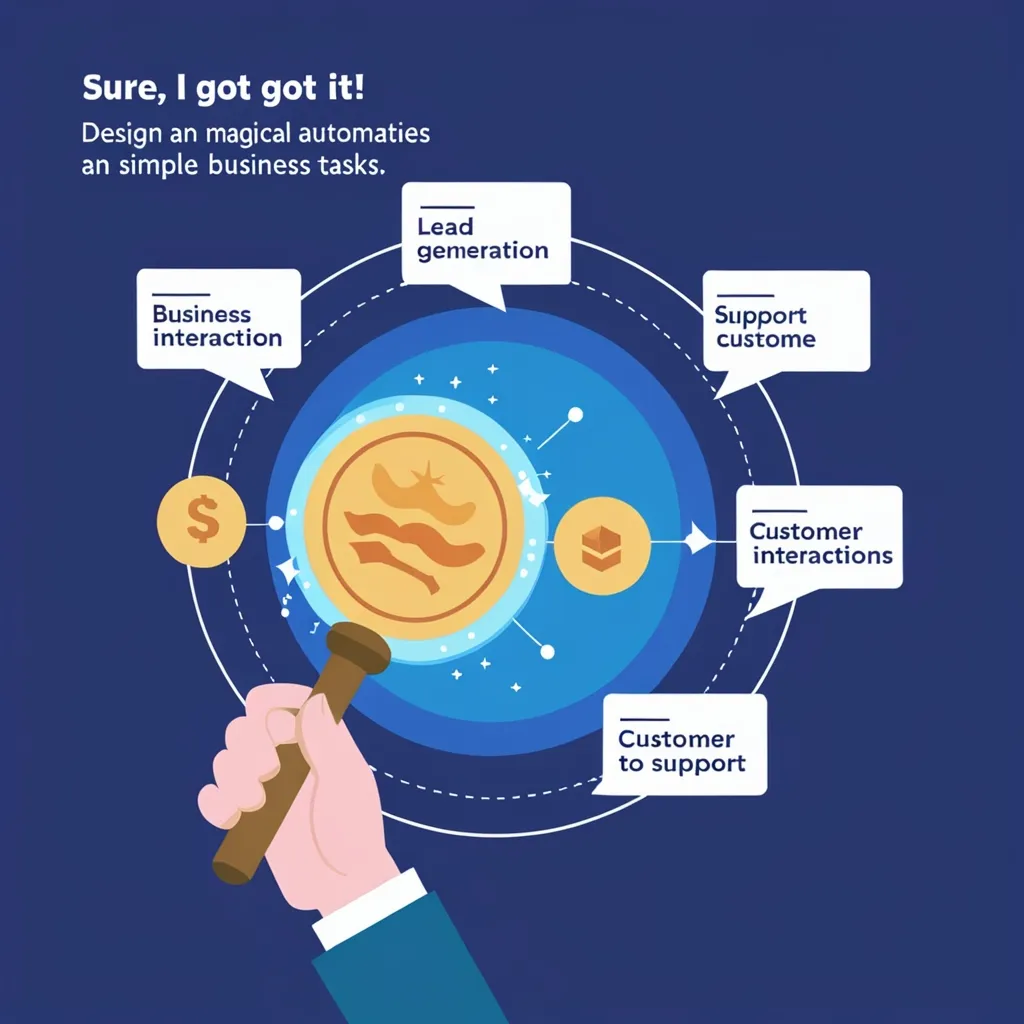The Meeting Dilemma: Boosting Productivity with No-Meeting Days
We’ve all been there - stuck in yet another meeting that could’ve been an email. It’s no secret that meetings have become the bane of many workers’ existence. But what if I told you there’s a way to break free from this cycle of endless conferences and actually get stuff done?
Enter the no-meeting day. It’s exactly what it sounds like - a day when no meetings are allowed, not even those one-on-ones that always seem to drag on. Sounds too good to be true, right? Well, buckle up because we’re about to dive into why this simple concept is revolutionizing the way we work.
Let’s face it, meetings have gotten out of hand. Before the pandemic hit, managers were already side-eyeing meetings, with a whopping 71% thinking they were just money pits of unproductivity. Then COVID came along, and suddenly everyone and their dog was scheduling Zoom calls left and right. Now, knowledge workers are spending over 85% of their time in meetings. That’s nuts!
But here’s the kicker - all these meetings aren’t just annoying, they’re costing us big time. In the US alone, we’re losing about $37 billion a year to inefficient meetings. That’s billion with a B, folks. And let’s not even get started on the toll it’s taking on our mental health.
So, what’s the solution? Well, some big players like Facebook and Atlassian have decided to shake things up by introducing no-meeting days. And let me tell you, the results are pretty mind-blowing.
Just one no-meeting day a week can boost productivity by 35%. Bump that up to two days, and you’re looking at a 71% increase. That’s not just a little bump - that’s a full-on productivity explosion!
But it’s not just about getting more done. No-meeting days are giving employees something they’ve been craving - autonomy. Without a calendar full of back-to-back meetings, people actually feel like they’re in control of their time. Imagine that!
And let’s talk about stress for a second. One no-meeting day can reduce stress by 26%. Two days? That number jumps to 43%. It’s like a stress-busting superpower!
Now, I know what you’re thinking. “But what about team bonding? Won’t we all turn into hermits?” Don’t worry, it’s all about balance. We’re not saying to ditch meetings altogether. They do serve a purpose, especially when it comes to keeping the team connected. The key is finding that sweet spot between productivity and social interaction.
So, how do you make this work? Well, it’s not rocket science, but it does take some planning. First off, you’ve got to get everyone on board. Explain why you’re doing this and how it’s going to make everyone’s lives better. Use tools like Trello or Slack to keep everyone in the loop without needing a meeting for every little thing.
Set clear goals for these no-meeting days. What do you want to achieve? Make sure everyone’s on the same page. And don’t be afraid to tweak things as you go along. If something’s not working, change it up!
Let’s look at a real-world example. Shopify decided to shake things up with a “meeting reset.” They axed all meetings with more than three people. Bold move, right? But it worked. They even introduced a meeting cost calculator to show people just how much those hour-long sessions were really costing.
Now, I’m not saying you need to go full Shopify and nuke all your meetings. But maybe it’s time to take a hard look at your calendar and ask yourself, “Do I really need all these meetings?”
The future of work is changing, and meetings are changing with it. We’ve got AI that can transcribe meetings and even summarize them for us. Microsoft’s using AI to cut down on coordination meetings. It’s pretty cool stuff, and it’s only going to get better.
So, here’s the deal. No-meeting days aren’t just some trendy fad. They’re a legit strategy backed by research. They boost productivity, make employees happier, and can even improve your health. It’s like a workplace miracle drug, minus the side effects.
As we move forward in this brave new world of work, it’s time to rethink how we use our time. Maybe it’s time to give your team the gift of a no-meeting day. Who knows? It might just be the best decision you ever make for your business.
Remember, it’s not about never having meetings again. It’s about making the meetings we do have count. It’s about giving people the time and space to do their best work. And who knows? You might just find that the less time you spend in meetings, the more you actually get done.
So, what do you say? Are you ready to join the no-meeting revolution? Your productivity (and your sanity) might just thank you for it.






